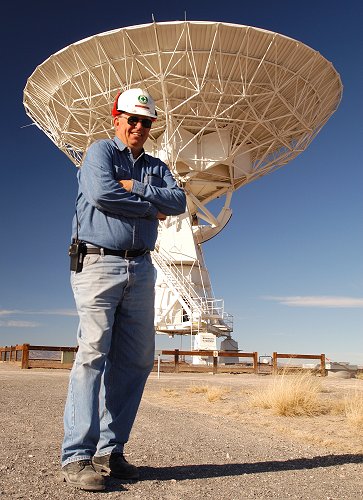June skies
June 3, 2025

This month the evening sky will present us with a difficult observing task that could be quite rewarding for dedicated observers. The event happens during twilight on the 7th in the west-northwest sky and just above the horizon. Jupiter at magnitude -1.9 and Mercury at magnitude -1.2 will appear side by side with less than 2 ½ degrees between them. Binoculars are a must, and you can watch this pair slowly separate on succeeding evenings as Mercury continues to climb above the horizon while Jupiter slowly descends as it heads toward its June 24th conjunction with the Sun. Mercury reaches its highest elevation above the north-northwest horizon on the 26th.
On the evening of the 17th, Mars has a close encounter with the bright star Regulus in the constellation of Leo, the Lion. Both shining at magnitude +1.4, they will be a scant ½ of a degree apart, which will allow a nice comparison of tints in their colors. Venus and Saturn continue to dominate the early morning sky. The best viewing will be about an hour before sunrise above the east-northeast horizon. By now Saturn will have passed Venus as it climbs higher above the horizon, and at magnitude +1.2, it will be a bit tougher to find than -4.7 magnitude Venus.
The moon will be in the first quarter on the 4th, full on the 12th, last quarter on the 20th, and new on the 27th. Looking to the west on the 1st, about halfway up and an hour after sunset, the waxing crescent moon will be above and to the left of Mars and very close to the bright star Regulus in the constellation Leo the lion. Looking east-northeast on the 22nd, about an hour before sunrise, the waning crescent moon will be slightly above and to the left of Venus. Looking west-northwest on the 26th, 30 minutes after sunset, the new crescent moon will be just to the right of Mercury.
On June 20th, in the northern hemisphere, summer begins when the solstice occurs at 8:42 p.m. MDT.
The first Saturday star party will be held on Saturday, June 7, weather permitting, at the Etscorn Campus Observatory. To reach the observatory, take Canyon Dive past the golf course. At the stop sign, turn right on Buck Wolfe Drive. At the top of the dip in the road, turn left and follow the signs to the observatory.
Clear Skies!
Jon Spargo
New Mexico Tech Astronomy Club
May 2025